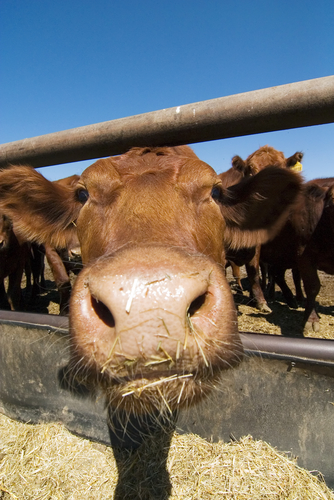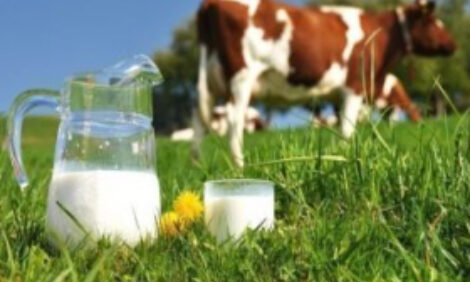



Growth Implants in Beef: Beef Ambassador Analysis
As the cattle industry strives for efficiency, growth technologies are one way to minimise consumption of important resources in producing each kilo of beef.Improvements are being made in cattle genetics, management strategies, breeding programmes and nutrition, as well as one other area - growth promoting technologies.
However, there are many concerns surrounding implants and their unintended effects. In this article, young beef ambassador, Will Pohlman, explores the benefits of using such technologies and clears up some of the confusion.

Efficiency is King
World population is rapidly expanding, writes Will. Current estimates hold that by 2050 there will be an additional 2.3 billion people on the planet. That’s a lot of extra food – in fact most sources agree that an additional 70 per cent of food must be produced to feed all of these extra mouths.
In an effort to meet this growing food demand, efficiency will produce the biggest gains. The Food and Agriculture Organization (FAO) of the United Nations predicts 90 per cent of additional crop production to come from increased yields and increased efficiency will need to be mirrored in protein production.
Efficiencies Elsewhere
Beef producers are already increasing efficiency by conserving natural resources and altering diets through supplemental nutrition or other additions to rations to name a few. But increasing the amount of beef produced from the same amount of grain is supremely valuable to increased efficiency.
Growth implants are invaluable to this strive to produce the most product with the smallest amount of resources. A single implant can increase weight gains by 8-18 per cent. This coupled with additional measures to increase productivity can significantly increase the amount of beef available for consumption.

Scientifically Cleared
These implants are safe natural hormones and their analogues that have been scientifically proven safe for use in animals as well as humans and have been cleared by the FDA. Many of the active compounds in growth implants are recognizable to anyone in a basic human anatomy course.
Estradiol (estrogen), testosterone and progesterone are all naturally produced by the human and bovine body and are safe to be supplemented.
Small Levels
These hormones are found in small levels in beef and are much less than other food products, such as cabbage and soy. Some criticize the use of growth implants as altering natural hormone levels, yet the levels of estrogen in implanted beef are a mere .001 per cent of the levels found in soy.
To further place the depreciable amount of hormone residue in implanted beef into context, the average male produces 100,000 nanograms of estrogen while non-pregnant women produce 5,000,000 nanograms – implanted beef contains 10 nanograms per pound.
Growth implants in beef increase the efficiency of beef production to feed a growing world population.
Not only do they help feed the world, but they do it safely by providing a nominal residue that is significantly less than normal human levels as well as levels in plant foods. So enjoy your steak happily, knowing that someone somewhere else gets to enjoy one too thanks to the use of safe growth implants.


